The Tupolev Tu-160, also known as the “Blackjack” by NATO, is the largest and heaviest supersonic bomber ever built. As a symbol of Russian aviation prowess, this strategic bomber is designed to deliver devastating payloads at incredible speeds, making it a key asset in modern aerial warfare. This article explores the fascinating history, advanced capabilities, and significant strategic role of the Tu-160 in the global military landscape.
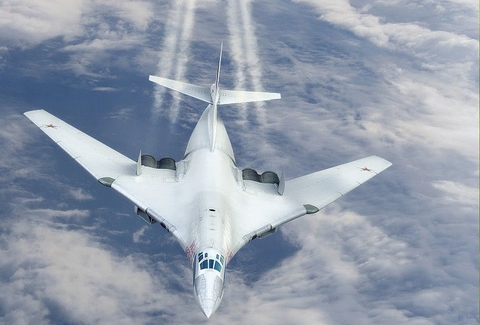
Origins and Development
The development of the Tu-160 began during the Cold War, a period marked by intense competition between the United States and the Soviet Union. In response to the American B-1 Lancer, the Soviet Union sought to create a supersonic bomber capable of penetrating deep into enemy territory. The result was the Tu-160, developed by the Tupolev Design Bureau.
First taking to the skies in 1981, the Tu-160 was a marvel of engineering. Its design incorporated a variable-sweep wing, allowing it to adjust wing angles for optimal performance at various speeds and altitudes. This feature, combined with powerful NK-32 afterburning turbofan engines, enabled the Tu-160 to reach speeds of over Mach 2, making it the fastest bomber in service.
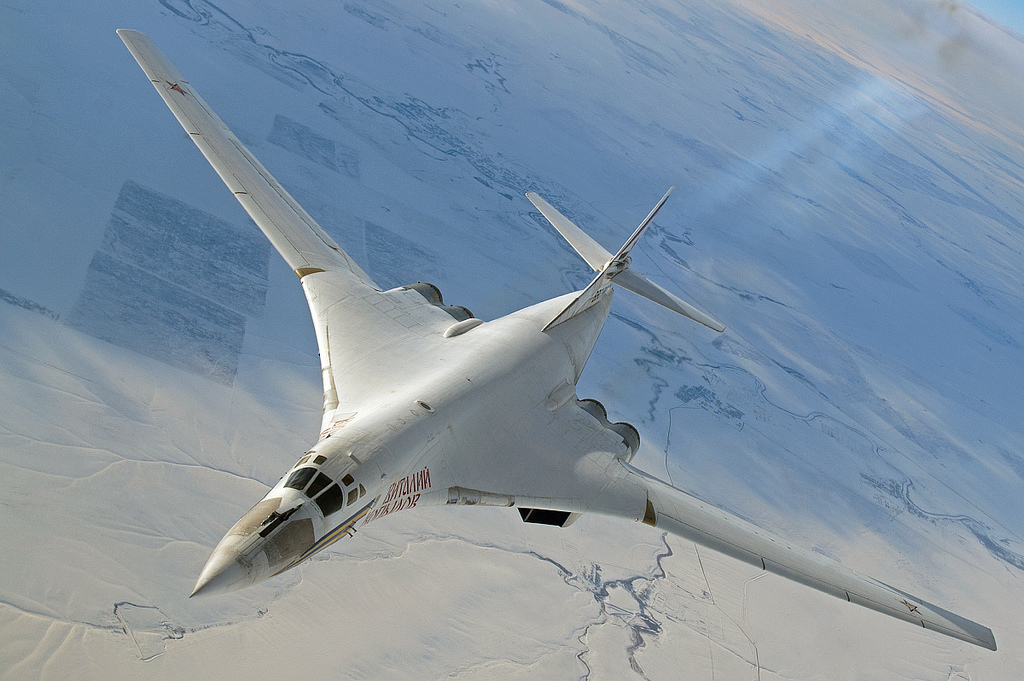
Advanced Capabilities
The Tu-160’s capabilities are nothing short of extraordinary. With a maximum takeoff weight of 275,000 kilograms, it can carry an impressive payload of up to 40,000 kilograms of conventional or nuclear weapons. This includes a variety of bombs and missiles, such as the Kh-55 and Kh-101 cruise missiles, capable of striking targets with high precision over long distances.
One of the standout features of the Tu-160 is its impressive range. Equipped with in-flight refueling capabilities, the bomber can cover vast distances, making it a truly intercontinental platform. Its operational range without refueling is approximately 12,300 kilometers, allowing it to strike targets far beyond the borders of Russia.
The Tu-160 is also equipped with advanced avionics and electronic warfare systems. Its sophisticated radar and navigation systems enable precise targeting and mission execution, while its electronic countermeasures provide protection against enemy air defenses. The bomber’s cockpit, designed for a crew of four, features modern displays and controls, enhancing situational awareness and mission effectiveness.
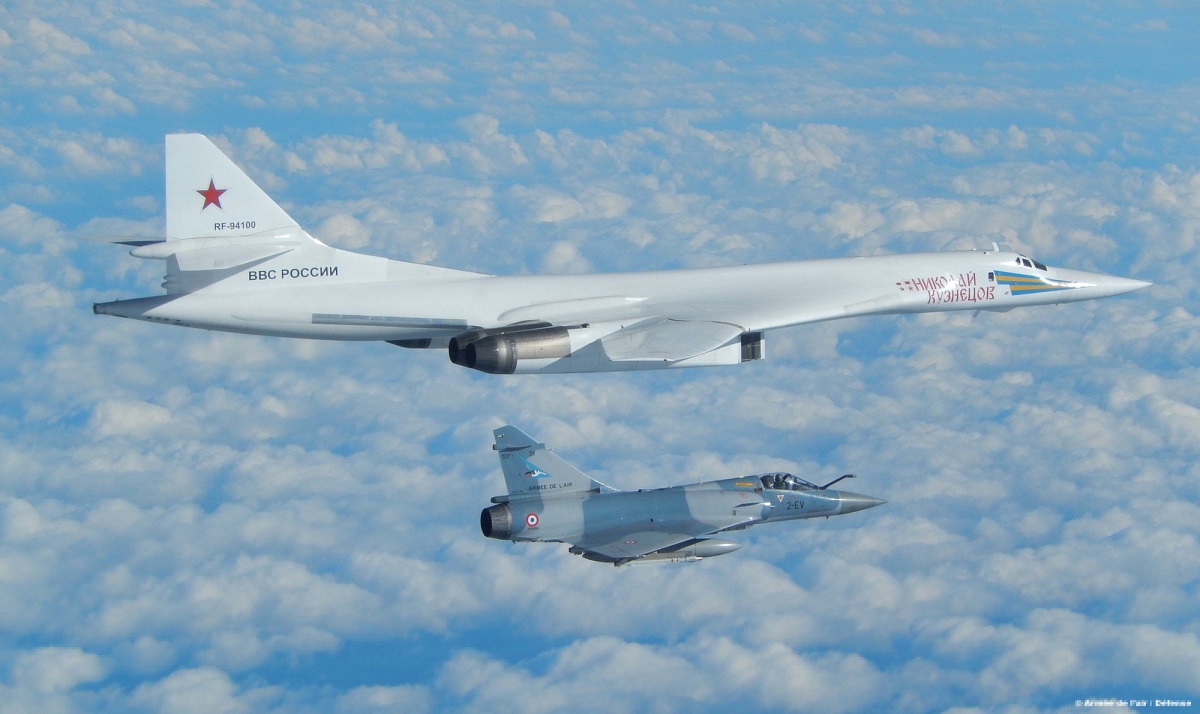
Strategic Importance
The strategic importance of the Tu-160 cannot be overstated. As a key component of Russia’s long-range aviation forces, it serves as a powerful deterrent against potential adversaries. The bomber’s ability to deliver nuclear and conventional payloads with precision makes it a crucial element of Russia’s nuclear triad, alongside land-based missiles and submarine-launched ballistic missiles.
In recent years, the Tu-160 has seen modernization efforts to enhance its capabilities further. The Tu-160M variant incorporates updated avionics, new weapons systems, and improved engines, extending the bomber’s service life and effectiveness. These upgrades ensure that the Tu-160 remains a formidable force in modern warfare.
The Tu-160 has also played a role in various military exercises and strategic patrols, demonstrating Russia’s global reach and military capabilities. Its presence in international airspace serves as a reminder of Russia’s strategic bomber force and its ability to project power on a global scale.
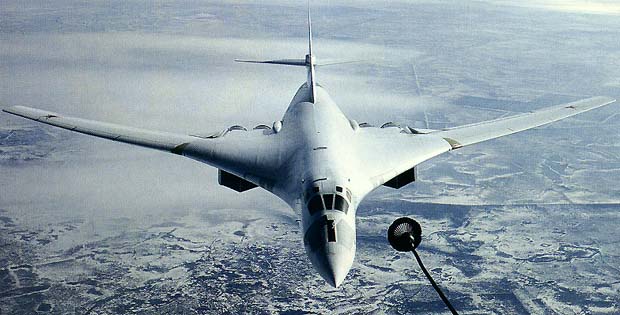
Global Impact and Future Prospects
The impact of the Tu-160 extends beyond Russia’s borders. Its development and deployment have influenced strategic bomber programs worldwide, prompting advancements in similar aircraft among other major powers. The Tu-160’s impressive performance has set a benchmark for long-range bombers, driving innovation and competition in the aerospace industry.
Looking ahead, the future of the Tu-160 appears promising. Russia has announced plans to resume production of the bomber, with an aim to bolster its strategic forces and maintain its edge in aerial warfare. The new Tu-160M2 variant is expected to feature further enhancements, ensuring that the bomber remains a vital asset in Russia’s military arsenal for decades to come.
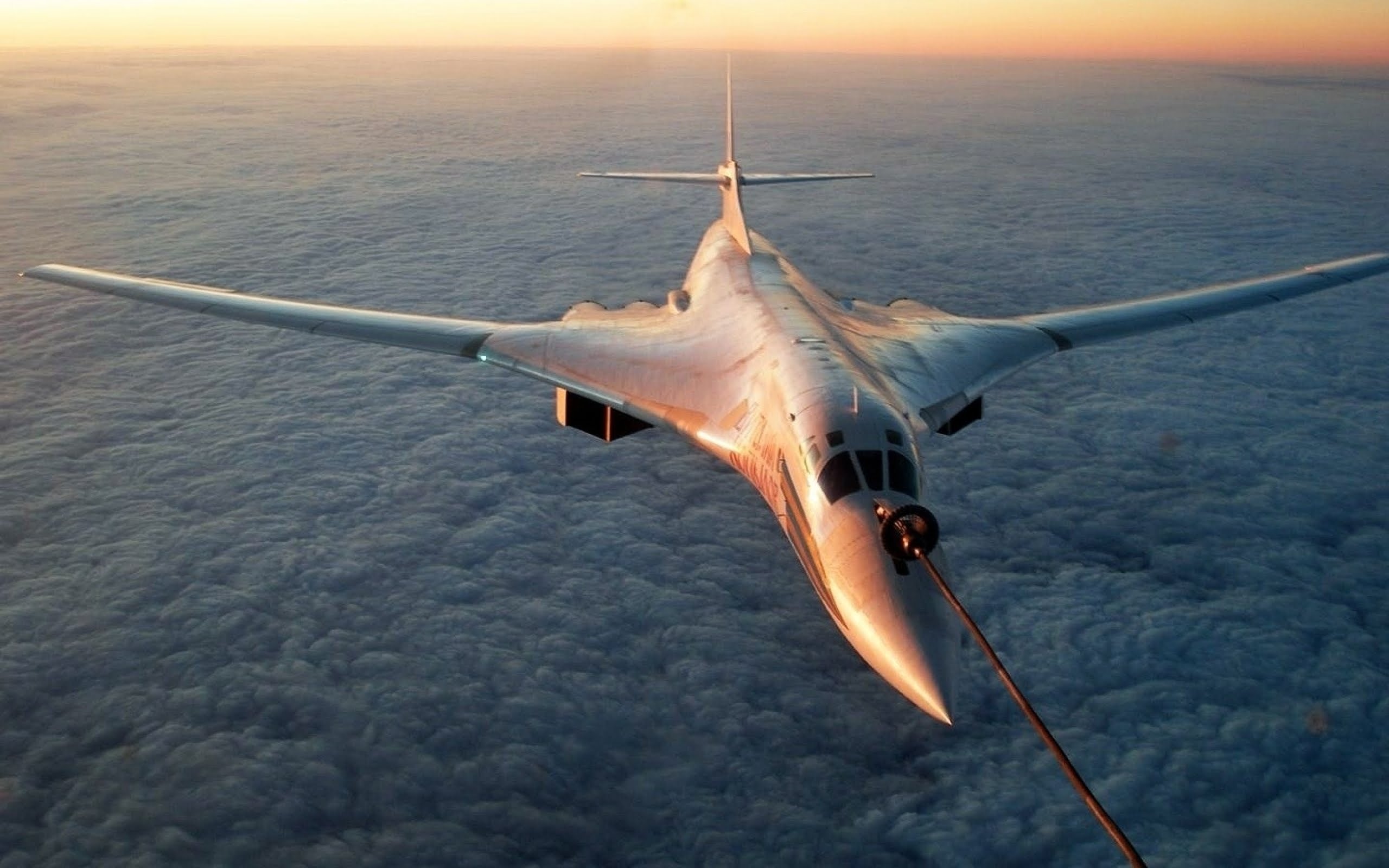
Conclusion
The Tupolev Tu-160 stands as a testament to the ingenuity and technological prowess of Russian aviation. Its advanced capabilities, strategic importance, and global impact make it one of the most formidable bombers in the world. As modernization efforts continue, the Tu-160 will undoubtedly remain a cornerstone of Russia’s strategic forces, capable of delivering devastating payloads with unmatched speed and precision.





